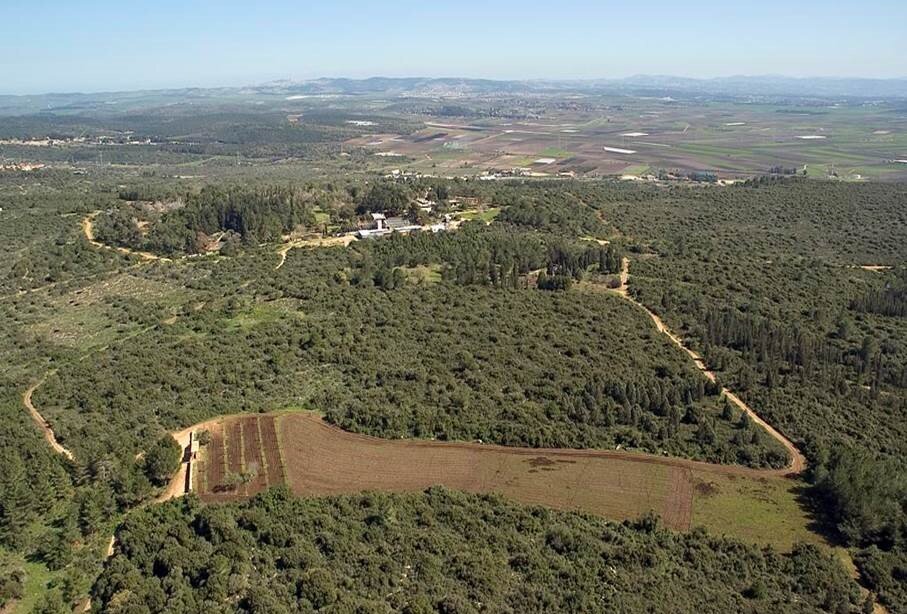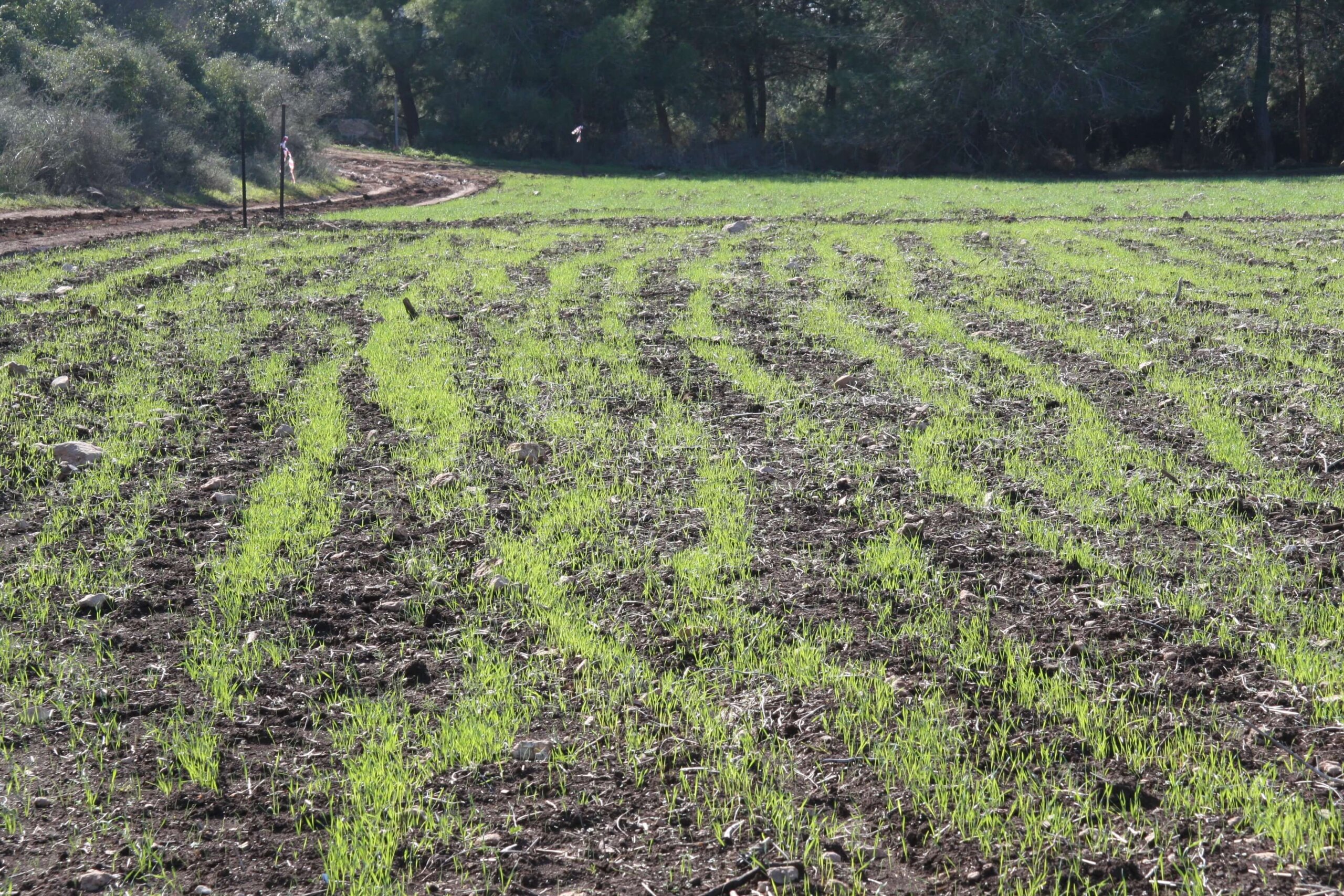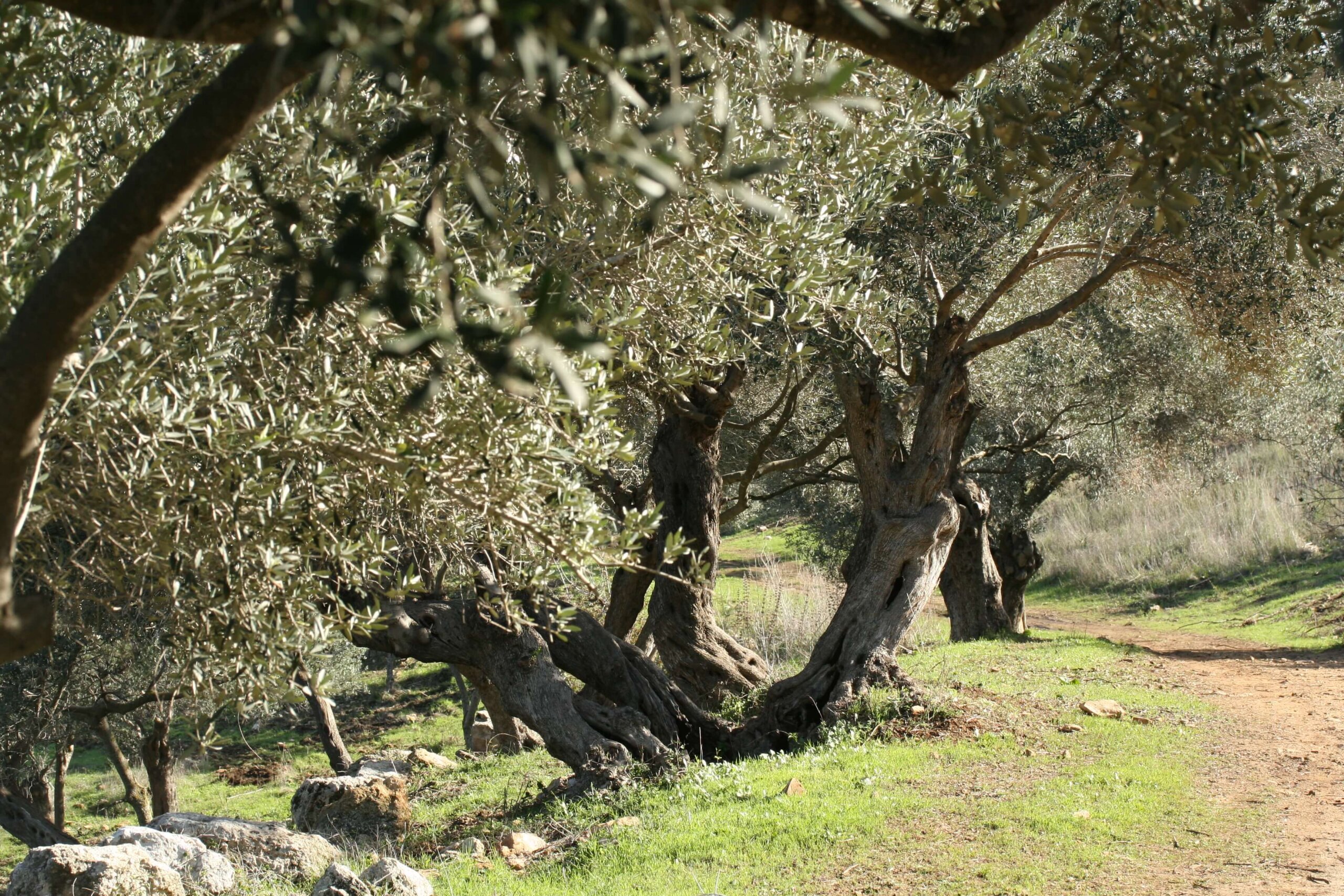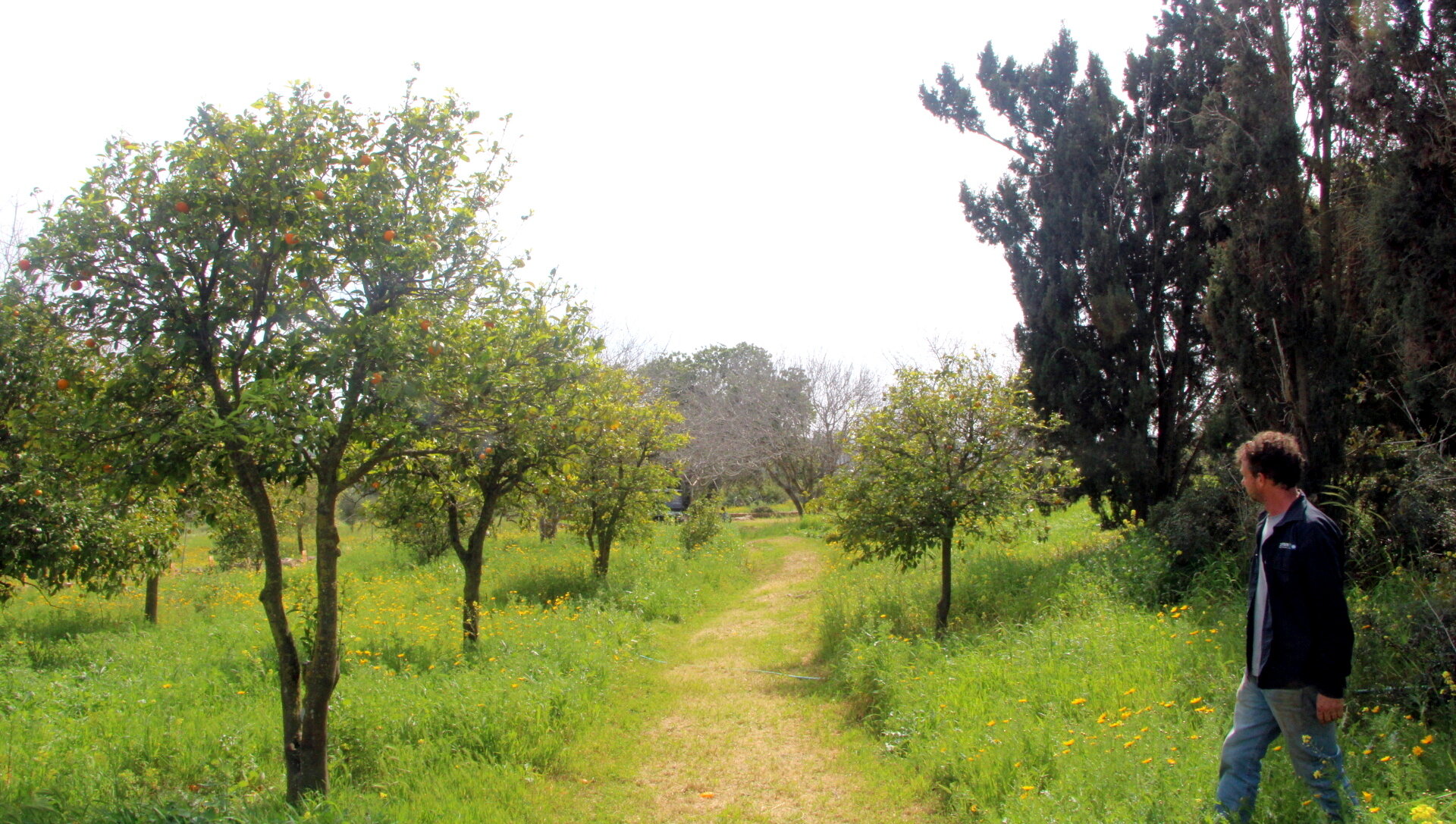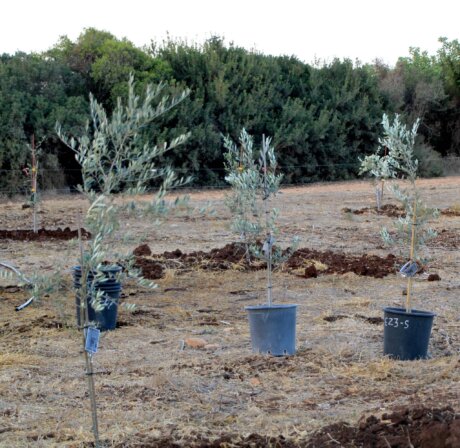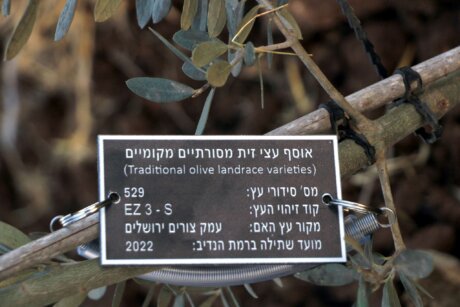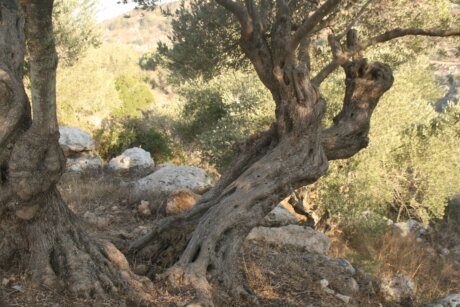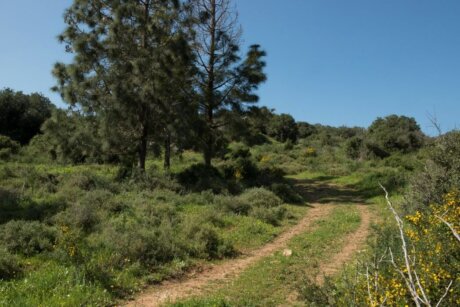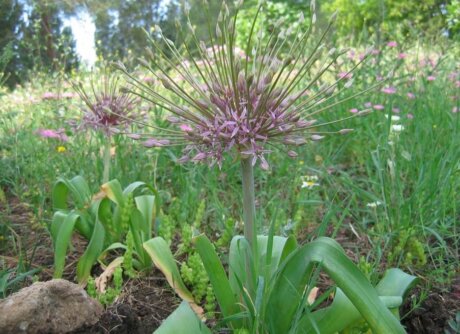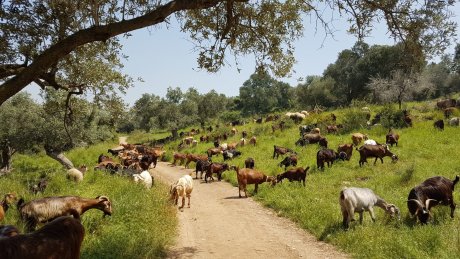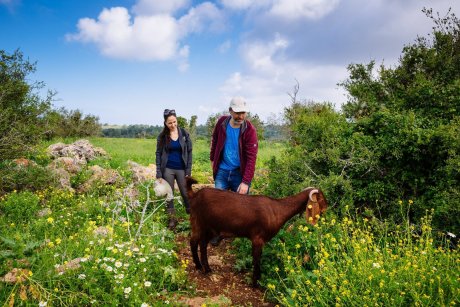Nature Park's Heritage landscapes
Israel’s heritage landscapes represent the combined creation of man and nature, and carry significance beyond their physical existence – as a source of inspiration and connection to the past. With the development of modern agriculture, construction and industry, many landscapes have changed and some have disappeared from view. Conserving these landscapes allows us to feel the past in the present landscape and connect to our landscape, nature, heritage and land.


